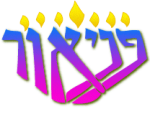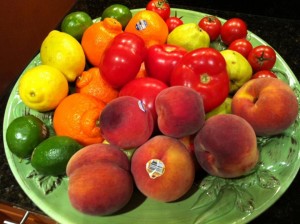Celebrate the Jewish New Year of the Trees
To learn what to bring to the fruit and desert Seder and to print your own P’nai Or Tu B’Shevat Hagada:
Although it is still wintery here in the north, the 15th day of the Hebrew month of Shevat
is when sap begins to flow in the trees of Eretz Yisrael, the Land of Israel.
The almond tree is the first to bloom, and soon the land is covered with the blossoms of Spring!
The celebration of Tu B’Shevat is both spiritual and practical. Trees and their different kinds of fruit
become a metaphor for human beings and our different kinds of spiritual challenges.
Tu B’Shevat is also a time for re-connecting with Judaism’s ecological wisdom as we rededicate ourselves to taking care of the earth and all its plants and creatures.
This year Friday night, Feb. 10 and Saturday, Feb. 11
are the 15th of Shevat.
BRING: Fruits of all kinds :
and yummy deserts especially ones featuring fruits
What to bring:
Group 1. Fruits and nuts with hard outer shells and soft inside:
such as all kinds of nuts, coconuts, pomegranates, oranges, pineapple, banana, kiwi, grapefruits.
Group 2. Fruits with hard pits inside:
such as: olives, cherries, apricots, apples, peaches, dates, plums, loquats…
Group 3. Fruits that are edible throughout;
such as strawberry, grapes, figs, raspberries, blueberries, some pears, carob, quince…
Group 4: Special heavenly finger-friendly deserts.
Your definition of ecstasy
Please bring assorted fruits and nuts from each category
sliced and ready to eat, in separate bowls
with category number clearly marked.
You may also bring a bottle of white grape juice and one of regular purple grape juice.
White or red kosher wine is fine too.

